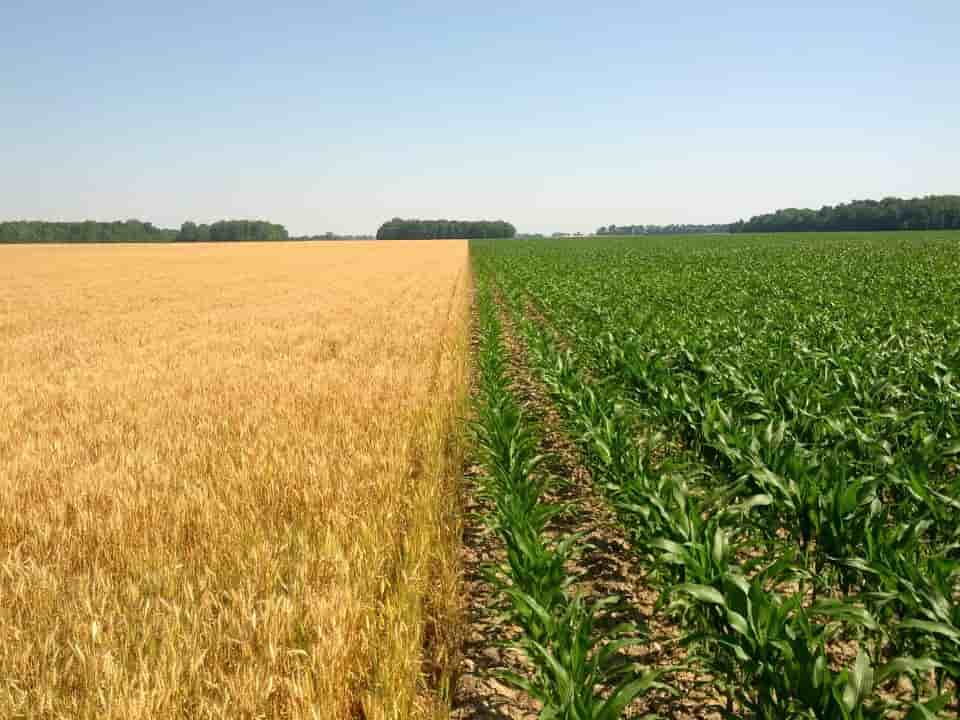Why are High Corn and Soya Bean Prices Here to Stay?
Last fall, farmers in the US harvested some of the largest soya bean and corn crops ever. It is believed that this year, farmers will reap the benefits of these extremely large crops as they are likely to get the highest rates since the heady days of the commodity surge that resulted in global excesses seven years ago. If you want to find out why corn and soya bean prices are likely to hit an all-time high and why these prices are here to stay, keep reading below:
How Has the Price of Corn and Soya Beans Changed?
After several years of decreasing prices and a worldwide pandemic which has caused damages to industries all around the world, soya bean and corn prices are expected to soar to levels not seen for nearly seven years. This price increase enables some farmers to offer bushels at higher prices while animal farmers and consumers are paying more at the grocery and feed stores. In fact, market prices for July increased by $15 per bushel, the highest it has been in over 6 years.
However, while these prices look tempting for farmers, in practice, very few farmers will be able to sell their crops as they have very small amounts of soybean or corn from their last harvest. Research has shown that this is especially true for farmers in Ohio.
Why Are High Corn and Soya Bean Prices Here to Stay?
Although we are starting to see the light at the end of the tunnel in terms of the coronavirus pandemic, it’s likely that we’ll continue to see high corn and soya bean prices for a number of years to come. Corn exports and consumption continue to escalate, triggering further cuts to corn stock projections and pushing prices up. Not only that, but Western parts of the U.S. have also experienced a severe drought, affecting some of the crops available.
Will Food Prices Rise?
With such an increase in the price of soya beans and corn, shoppers can expect to have to pay more money for products containing these items at grocery stores. In fact, research suggests that we could see an increase in price of between 13% and 16%.
The Effect of Corn and Soya Bean Prices on Animal Farmers
While dairy prices are beginning to return to pre-pandemic levels, animal farmers will have to spend more to feed their animals. As mentioned above, the huge increase in prices has had a negative impact on animal farmers who are trying to care for their animals. Thanks to this, many farmers are looking for alternatives to corn and soybean. One option is Natura Beta. Natural Feed Ingredients produce Natura Beta which has been shown to support animal metabolism. It can also protect against heat stress and support gut integrity.
The 2020-2021 marketing year has been off to a flying start for US corn and soybean farmers. As the season progresses, we expect to see an increase in the price of both of these commodities. This is unlikely to change in the near future as corn and soya bean stock projections hit an all-time low. However, the good news is that US farmers are expected to plant on every possible piece of soil available this year, meaning we may see prices begin to reduce in the future.







